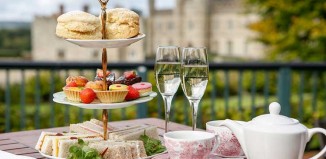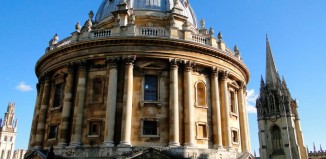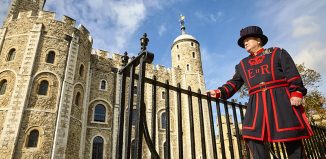Blenheim Palace: Birthplace of Winston Churchill
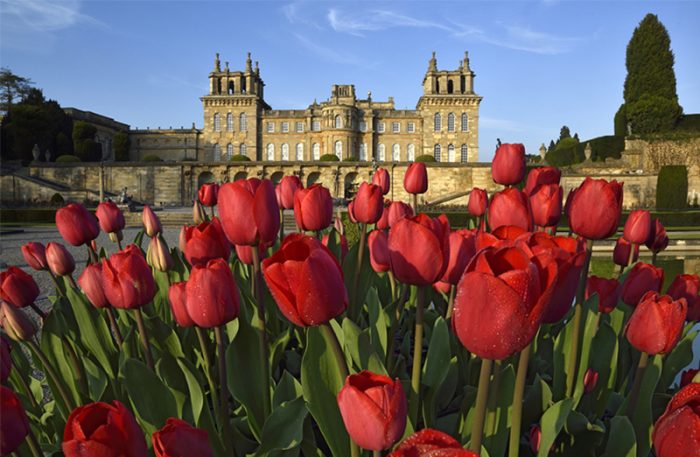
Alexander Larman visits Blenheim Palace, one of Britain’s most spectacular stately homes and the birthplace of Winston Churchill
At Blenheim, I took two very important decisions: to be born, and to marry. I am content with the decision I took on both occasions.” These were the words of Winston Churchill, England’s best-loved prime minister and Blenheim Palace’s most famous resident. He retained a great fondness for Blenheim throughout his life, and it isn’t hard to see why; not only was it conceived on the grandest of scales by its talented architect John Vanbrugh, but it retains an aristocratic panache that makes it a genuine joy to visit.
Town of Woodstock
Today, the small town of Woodstock is home to a cornucopia of upmarket antique shops, cosy Cotswold stone pubs and boutique hotels, but it is the enormous edifice of Blenheim that defines the area, in no small part because it is, along with Chatsworth and Castle Howard, among England’s best-known and most loved grand estates. Today it attracts well over half a million visitors a year, and offers a range of sights and activities that include anything from the tourist-oriented pleasure gardens to a miniature railway. And yet, its beginnings were of a very different kind altogether.
A gift from King William III
By the end of the 17th century, Woodstock was known for two things: proximity to Oxford, and having been home to John Wilmot, 2nd Earl of Rochester, who had been made ranger and keeper of Woodstock Park by King Charles II. He lived in a lavishly appointed lodge at the edge of the park, which was reputedly decorated with a wide variety of erotic pictures. He did not have especially long to enjoy his domain, however, as he died of syphilis in 1680 at the age of 33. Thereafter, the estate returned to the crown, until it was given by King William III to one of his favourites, John Churchill, 1st Duke of Marlborough, who had served with distinction during several of his campaigns.
A notable victory was obtained in 1704 at the Battle of Blenheim in Bavaria, and so, in gratitude for his achievements, the king ordered that Marlborough and his descendants be given a large expanse of Woodstock to construct a palace worthy of their service.
Blenheim Palace: designed and built
It might have been expected that the grand house would be constructed by Sir Christopher Wren, then England’s most famous architect, but Marlborough had the innovative idea of hiring John Vanbrugh, who had previously been responsible for beginning the construction of the neo-baroque Castle Howard.
His appointment was somewhat unorthodox as Vanbrugh was best known for being a playwright, responsible for late Restoration comedies such as The Relapse and The Provoked Wife. Nonetheless, working in tandem with the respected Nicholas Hawksmoor, he came up with a flamboyant and unusual design – “English baroque” – which both he and Marlborough believed would be highly distinctive and a fitting testament to the duke’s military triumphs.
Unfortunately, trouble soon followed. Vanbrugh’s style of building was innovative, but also out of kilter with popular tastes, to say nothing of hugely expensive. Due to an ambiguity over who was responsible for paying for the building, money came and went for the project, eventually resulting in Vanbrugh’s complete dismissal in 1714, the temporary exile of Marlborough and his wife, and Hawksmoor finishing the project upon their return to royal favour. Nonetheless, it would not be completed until at least 1732, and the generous impulse with which it had been started had definitely soured.
Today, Blenheim is regarded as one of the highlights of English architecture, but Vanbrugh’s plan for it was extremely unusual and trendsetting. As an untrained architect, he was not constrained by propriety and the conventional expectations of the day in a way someone such as Wren would have been, and so came up with the idea of constructing something that was less a house, more a gigantic edifice designed for the celebration of wealth, power and status.
To this end, it was specifically intended to be more impressive viewed from afar than up close, and to feel like a grand palace; grander even, many whispered, than any royal residence. This led to a feeling of regal resentment, but nonetheless the Marlborough family continued to reside in the property.
Capability Brown
The next great innovation occurred in 1764, when Capability Brown was hired to redesign the gardens. His most notable achievement was the construction of the Great Lake, something that was achieved through a hugely complex process of damming and cascading the river nearby. A less “capable” designer might well have flooded the palace, but Brown’s much-vaunted skill saw the construction through. Today, the beautiful park remains much as Brown intended it and is a testament to his great landscape genius.
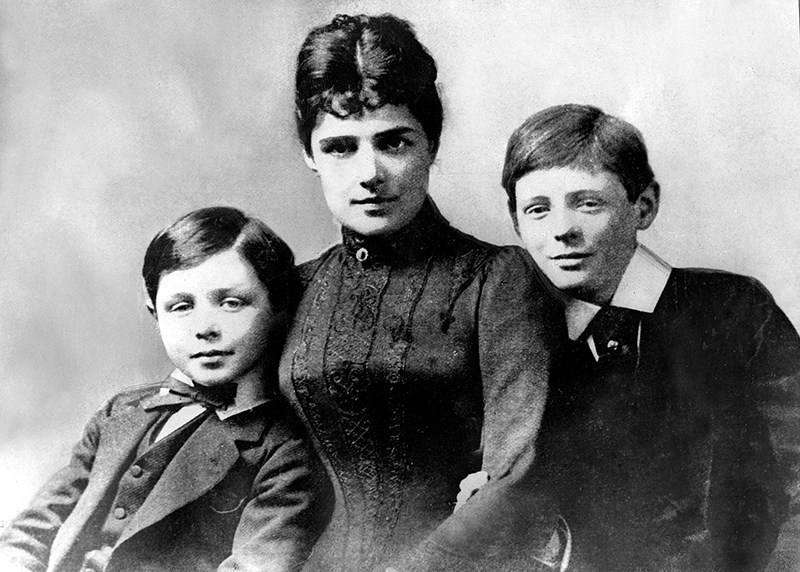
Winston Leonard Spencer-Churchill
However, despite (or perhaps because of) the effort and expenditure, the fortunes of both the Marlboroughs and Blenheim, by now inextricably linked, declined throughout the 18th and 19th centuries. By the time that Winston Churchill was born Winston Leonard Spencer-Churchill on 30 November 1874, the family faced near-ruin and had to sell masterpieces by Rubens and Van Dyck to stay afloat financially.
It was not until Churchill’s cousin Charles, 9th Duke of Marlborough, inherited the property that its fortunes were restored, an act accomplished by means of his marriage to the America railway heiress Consuelo Vanderbilt. The match was undertaken purely for financial reasons and the two separated only a decade after their marriage in 1896, eventually divorcing – somewhat scandalously – in 1921.
Winston and Clementine Churchill
A rather happier union was that of Winston and Clementine Churchill, which began with his proposal to her in the Temple of Diana at Blenheim in 1908; he overslept the night before and nearly missed the opportunity altogether. They married shortly afterwards, and were regular visitors to Blenheim for the rest of Churchill’s life; when he died, he was buried nearby at St Martin’s Church in Bladon. His legacy is celebrated by a permanent exhibition of items associated with him in rooms at the palace, and nearby hotels frequently offer Churchill-themed packages, often including a bottle of Pol Roger, the great man’s favourite champagne.
Blenheim Palace today
Today, Blenheim continues to keep a high media profile, not only through the endless stream of visitors, but through regular appearances in films – although its most recent appearance has led to controversy of a kind unknown since Charles Spencer-Churchill’s scandalous marriage. The filming of the new Transformers film saw Blenheim festooned with Nazi flags and apparently playing some sort of fascist headquarters. Given the connection to England’s greatest wartime prime minister, there was an inevitable outcry and allegations of disrespect from veterans.
Less controversial appearances crop up in Mission: Impossible – Rogue Nation, Bond film Spectre and Cinderella. Perhaps Churchill would have been proud the place had seduced so many others over the centuries and continues to delight visitors today. Content with both of his
life-changing decisions at Blenheim, he might take pleasure in the fact that very few of those who spend a day at the exquisite estate come away feeling anything other than content themselves. Long may it continue.

